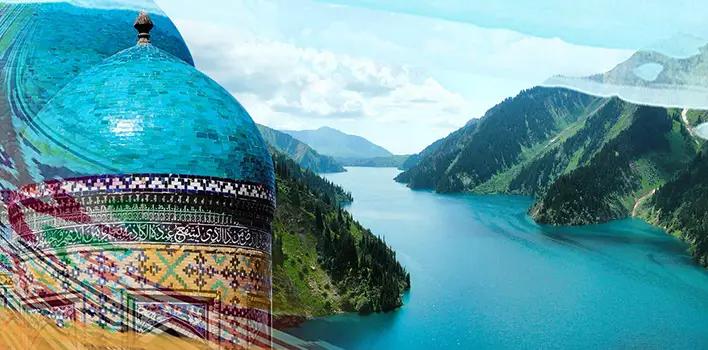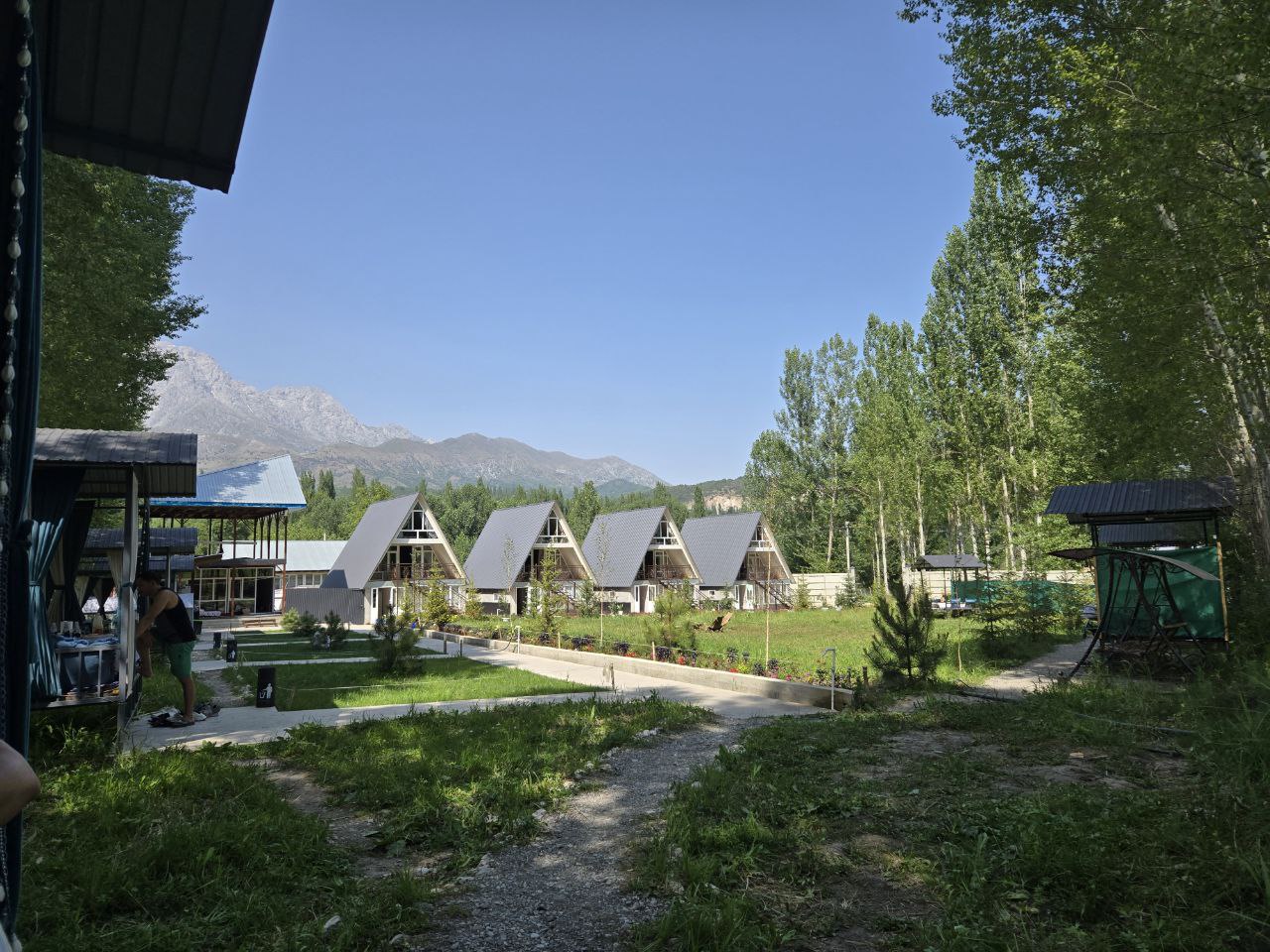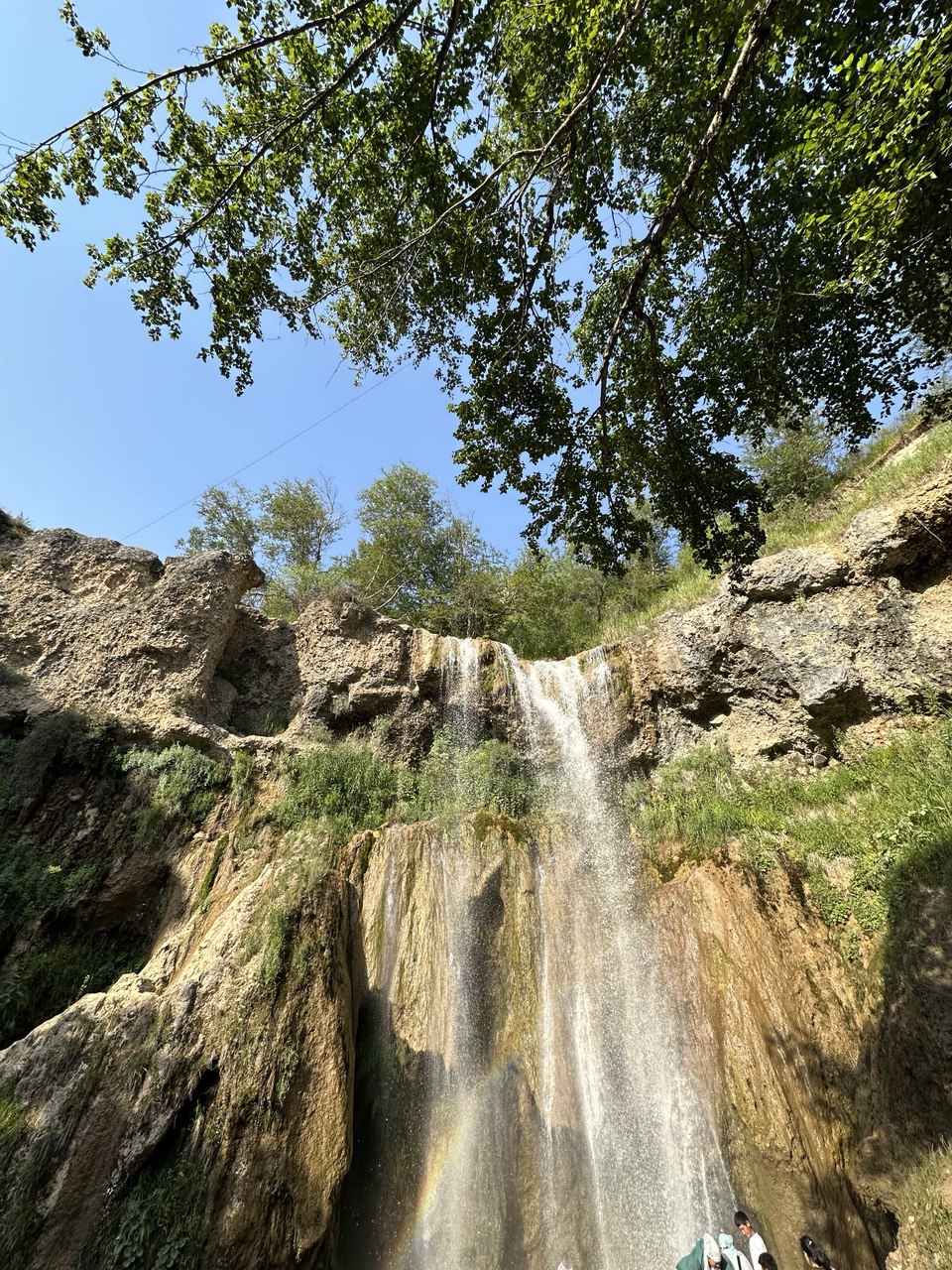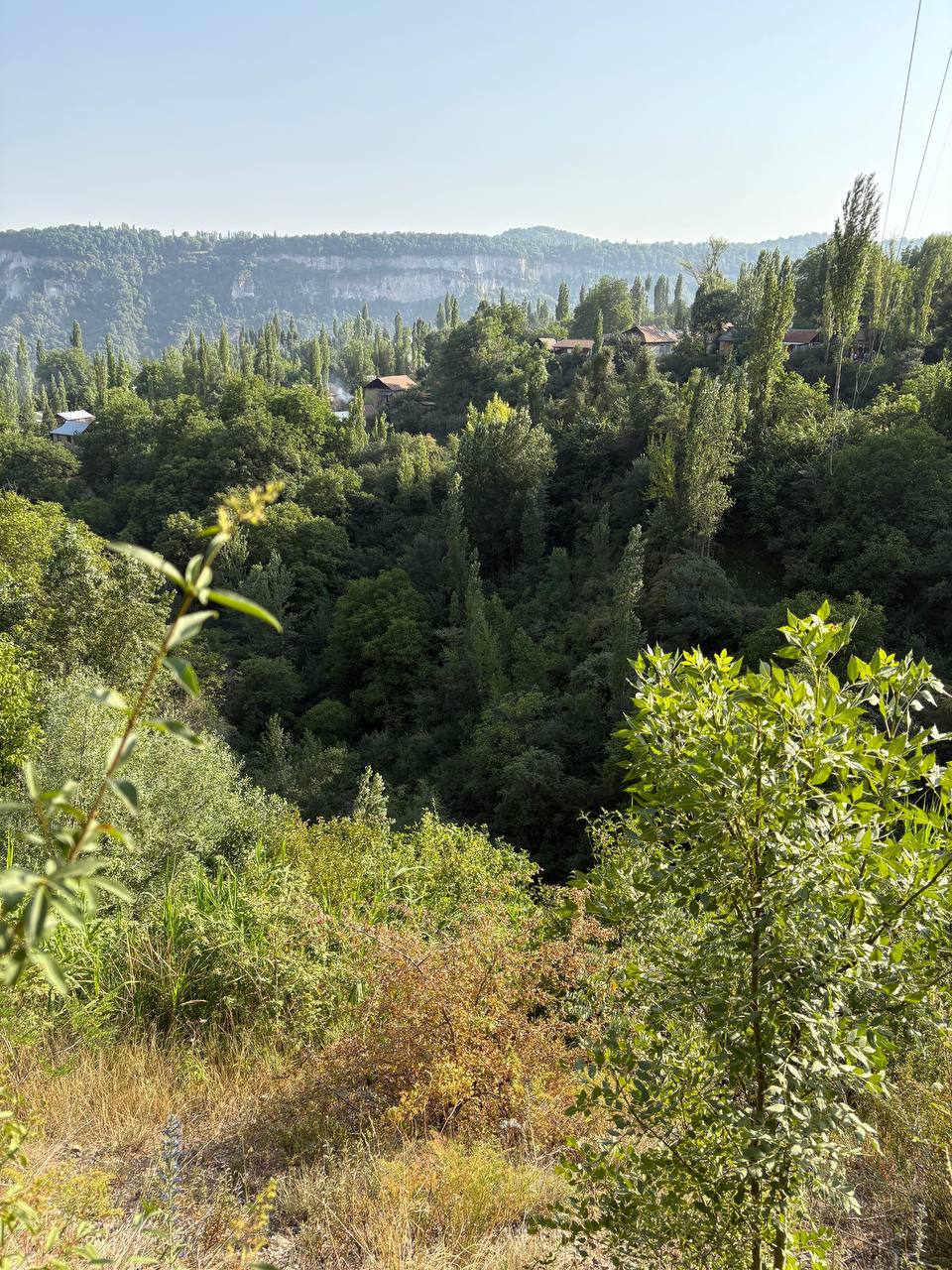
Published
07/08/2025, 12:22In recent years, Kyrgyzstan and Uzbekistan have unexpectedly become each other’s main tourist markets. Open borders, cultural similarities, and the absence of a language barrier have made cross-border tourism not just convenient, but fashionable.
Today, Uzbek citizens make up one of the largest groups of foreign tourists in Kyrgyzstan, while more and more Kyrgyz travelers are rediscovering Samarkand, Bukhara and Tashkent.
After the pandemic, the world rapidly began to adapt. Familiar travel routes became unavailable, while interest in neighboring countries grew. Kyrgyzstan and Uzbekistan are two nations where the capitals are just 9–10 hours apart by road, the cuisines are similar, and the mentalities are alike. Even if one speaks Kyrgyz and the other Uzbek, mutual understanding remains.
Issyk-Kul is overflowing with tourists, Arslanbob is booked weeks in advance, and houses in Sary-Chelek are reserved even before the season begins — all of this is the result of a steady tourist flow from Uzbekistan. In recent years, tourism exchange between our countries has reached an entirely new level. According to the National Committee and statistics from the Republic of Uzbekistan, in the first five months of this year, 2,116,900 Uzbek citizens traveled abroad for tourism purposes. Of these, 899,000 chose Kyrgyzstan as their destination, making it the number one country for Uzbek travelers. For comparison, during the same period, only 388,400 Uzbek tourists visited Tajikistan — 2.3 times fewer than those who visited Kyrgyzstan. Kazakhstan attracted 354,900 tourists from Uzbekistan, while Saudi Arabia received nearly seven times fewer — just 133,600.
Political thaw played a role in this. After decades of restrictions, the borders between the countries truly opened. First came the launch of the Dostuk checkpoint in 2017, followed by border delimitation and demarcation, and finally the full restoration of travel. Previously, getting from Fergana to Osh or Issyk-Kul was a challenge; now it’s a convenient trip by bus, plane or car.
During the peak summer season, bus routes between Tashkent and Cholpon-Ata operate regularly, and recently, the airline Fly Kiva launched direct flights from Tashkent to Tamchy. Additionally, the border checkpoints Kadamjay, Chechme and Ak-Kiya have switched to 24-hour operation for the first time. All these measures are a direct response to the growing demand from Uzbeks who are traveling in large numbers to the mountains, lakes, forests and canyons of Kyrgyzstan.
Issyk-Kul is certainly the top destination, but far from the only one. Demand is also breaking records for Sary-Chelek, Arslanbob, and other natural areas known for their cool climate, bodies of water and mountain scenery — places traditionally seen as spots for “true relaxation.” For example, the cost of a three-day trip from Andijan to Sary-Chelek, including accommodation, meals and a guide, is around 160 USD.
Bookings for guesthouses are made well in advance. For example, if you decide to visit Arslanbob in June, you might be told that "everything is already booked by tourists from Uzbekistan."

But the key trigger behind such an active flow of neighboring tourists isn’t just the shared borders — it’s Instagram and TikTok, where bloggers have started widely sharing routes, guides and videos of Kyrgyzstan’s most picturesque spots. They have effectively become the new travel agents today.
Instead of brochures and travel agencies, it’s now stories. Usually, it goes like this: a blogger travels with friends in a minivan, stops at canyons, films what an overnight stay in tents looks like, and takes photos. Then comes the phrase: “Do you think this is Switzerland? No, this is Kyrgyzstan, just 300 kilometers from Andijan!”
This type of content is especially actively created by Uzbek bloggers who have already discovered Kyrgyzstan for themselves. Often, they don’t just share their impressions but organize their own tours. They already have followers willing to pay to participate — not so much for the trip itself, but for the experience, the mood and the atmosphere.
Today’s traveler wants to see emotions, tried-and-true routes and honest prices. They book accommodation through Instagram, arrange transportation via Telegram, and choose meals based on recommendations in the comments. In this way, traditional travel agencies are stepping back to bloggers.
Clear and accessible travel content is created by Uzbek travel bloggers such as Ahmadullo Mirzakhamitov, Doniyor Jabborov, shakh_uzakov, and others.
While Uzbeks have flocked in large numbers to the canyons, mountains and lakes, Kyrgyz travelers, in turn, have turned toward cultural, historical and gastronomic tourism. Samarkand, Bukhara and Fergana are popular weekend or short-trip destinations that require no visas and involve minimal expenses.
At least one in three Kyrgyz tour companies now offers tours to Uzbekistan. Most commonly, these are routes to Tashkent, Samarkand and Bukhara. The standard package — 2 days and 1 night — costs between 10,000 and 15,000 KGS.

Since the beginning of the year, 942,200 Kyrgyz citizens have already taken advantage of these and other offers from tour operators. In total, 3.1 million tourists have visited Uzbekistan during this period — with Kyrgyz nationals topping the list. They are followed by citizens of Tajikistan (793,900 tourists) and Kazakhstan (617,200 tourists).
It seems that the two neighbors, who for a long time lived behind fences, have finally opened their doors — and now eagerly visit each other. One comes for the plov and architecture, the other for the mountains and cool air. Tourism has become the connecting link, and bloggers are increasingly becoming its guides. This is a new kind of tourism — without borders, but with a hashtag.



